Rare Rides: A 1967 Chrysler 300 - Large and In Charge

A recent edition of Buy/Drive/Burn included a Chrysler 300M from the turn of the century — a car which represented the third time Chrysler created a line of vehicles wearing “300” badges. The other day, the Internet presented the 300M’s closest ancestor, and my curiosity piqued.
And since we’re into coupes on Rare Rides lately, come along as we check out a big, bold coupe from Chrysler.
The first iteration of the 300 existed in dealer showrooms between 1955 and 1965. All of these cars were two-doors in nature, and coupe, hardtop, or convertible in styling. Known as the “letter series,” the 300s were muscle cars. Powerful and quick off the line, by 1965 the 300L version had a 413 V8 (6.8-liter).
Overlapping the letter series was the second generation of 300, which is where today’s Rare Ride comes into focus. Sensibly known as “non-letter,” the run of cars existed alongside the end of the letter series for a couple of years. Starting in 1962, non-letter cars were there to replace the aged Chrysler Windsor and Saratoga models. That’s the U.S.-market Windsor only, as Canada held onto the Windsor name through 1966 (a rebadged Newport).
Considering the success of the 300 line, Chrysler expanded its offerings. Non-letter cars were available in both two- and four-door variations, with a traditional pillared sedan, hardtop, and convertible. The company reshuffled the lineup for ’66 after the letter cars headed out to pasture. Styling was revised in ’67 to a considerable degree, as the brand headed toward what would become known as the fuselage era. The four-door sedan option went away, and customers were limited to the largest 440 V8 (7.2-liters). A three-speed automatic or four-speed manual were available, moving just under 4,400 pounds in four-door guise.
Another styling update in ’68 concealed the headlamps, and the second year of the 1967-68 version would be the last. Revised again in 1969, styling went full fuselage, as the 300 came with length. The former model was a scant 218.2 inches long, and 79.5 inches in width.
The new version shrunk to 79.1 inches wide, but extended to 224.7 inches on the same 124-inch wheelbase. Heavy stuff. The 300 line made it through the 1971 model year, when it was cancelled. Its replacement was the new personal luxury Cordoba in 1975.
Today’s Rare Ride 300 is a very clean example listed on the Providence, Rhode Island Craigslist (removed). With factory air conditioning and an excellent interior, it asked $10,000.
[Images seller]

Interested in lots of cars and their various historical contexts. Started writing articles for TTAC in late 2016, when my first posts were QOTDs. From there I started a few new series like Rare Rides, Buy/Drive/Burn, Abandoned History, and most recently Rare Rides Icons. Operating from a home base in Cincinnati, Ohio, a relative auto journalist dead zone. Many of my articles are prompted by something I'll see on social media that sparks my interest and causes me to research. Finding articles and information from the early days of the internet and beyond that covers the little details lost to time: trim packages, color and wheel choices, interior fabrics. Beyond those, I'm fascinated by automotive industry experiments, both failures and successes. Lately I've taken an interest in AI, and generating "what if" type images for car models long dead. Reincarnating a modern Toyota Paseo, Lincoln Mark IX, or Isuzu Trooper through a text prompt is fun. Fun to post them on Twitter too, and watch people overreact. To that end, the social media I use most is Twitter, @CoreyLewis86. I also contribute pieces for Forbes Wheels and Forbes Home.
More by Corey Lewis
Latest Car Reviews
Read moreLatest Product Reviews
Read moreRecent Comments
- Norman Stansfield I'm training to be a mechanic, and have been told this or a Harley would be a good start.
- SilverHawk I watch out of loyalty to the sport even though it's often not as entertaining these days. But then, you have a race like Miami that gives us a driver's first win and my enthusiasm is refreshed. Congrats to Lando.
- Oberkanone Nope. No interest.
- SilverCoupe Tim, you don't always watch F1 as you don't want to lose sleep? But these races are great for putting one to sleep!I kid (sort of). I DVR them, I watch them, I fast forward a lot. It was great to see Lando win one, I've been a fan of McLaren since their heyday in CanAm in the late '60's.
- Cprescott The problem with this fable by the FTC is:(1) shipping of all kinds was hindered at ports because of COVID related issues;(2) The President shafted the Saudis by insulting them with a fist bump that torqued them off to no end;(3) Saudis announced unilateral production cuts repeatedly during this President's tenure even as he begged to get them to produce more;(4) We were told that we had record domestic production so that would have lowered prices due to increased supply(5) The President emptied the strategic petroleum reserve to the lowest point since the 1980's due to number 3 and then sold much of that to China.We have repeatedly been told that documents and emails are Russian disinformation so why now are we to believe this?




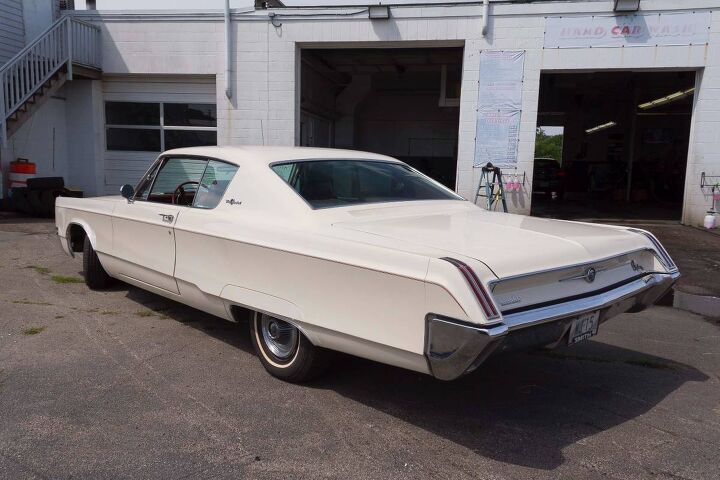



















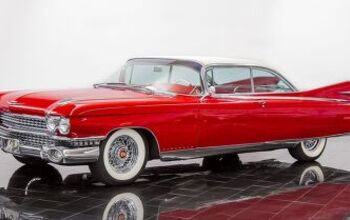
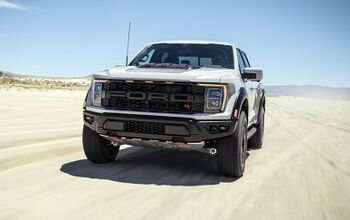

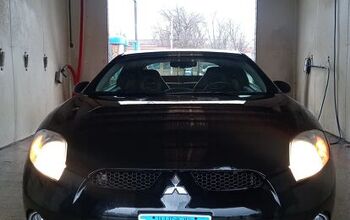
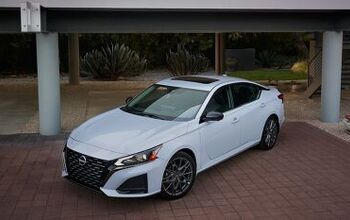
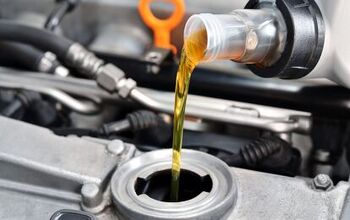

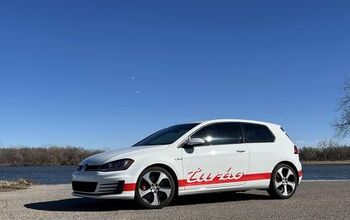
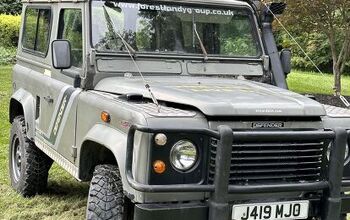
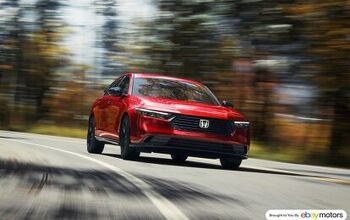
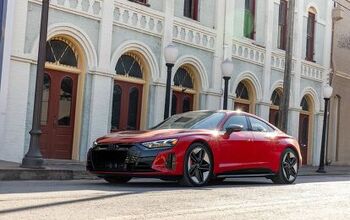
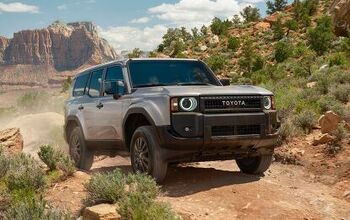
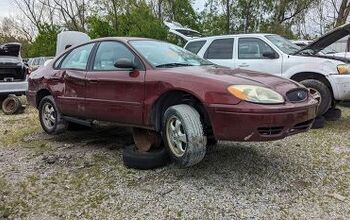
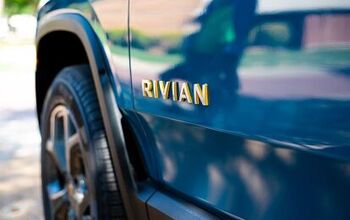
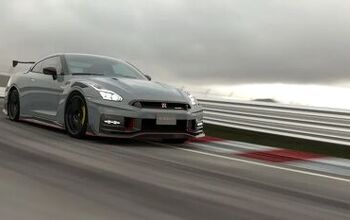
Comments
Join the conversation
Chryco has been recycling the same body forever. The glass is the same as my 67 Fury II Coupe. Interior the same, seats better. Different nose and tail clips. Same dash. Road Hugging Weight was really a thing. The dash reminds me of my Grandfathers' 1966 New Yorker.
Like many, I find '60s ChryCo offerings to be very polarizing. This one is pleasing and I like the interior. The photos leave me with a couple of questions though: 1) Is the trunk longer than the hood? 2) What's visibility like with those C-pillars? On the one hand, that seems like a lot of body work back there, but on the other hand with the angles and how low the car has to sit I guess when you're looking back at traffic you're really only looking through the top third of the windows where it's narrower?